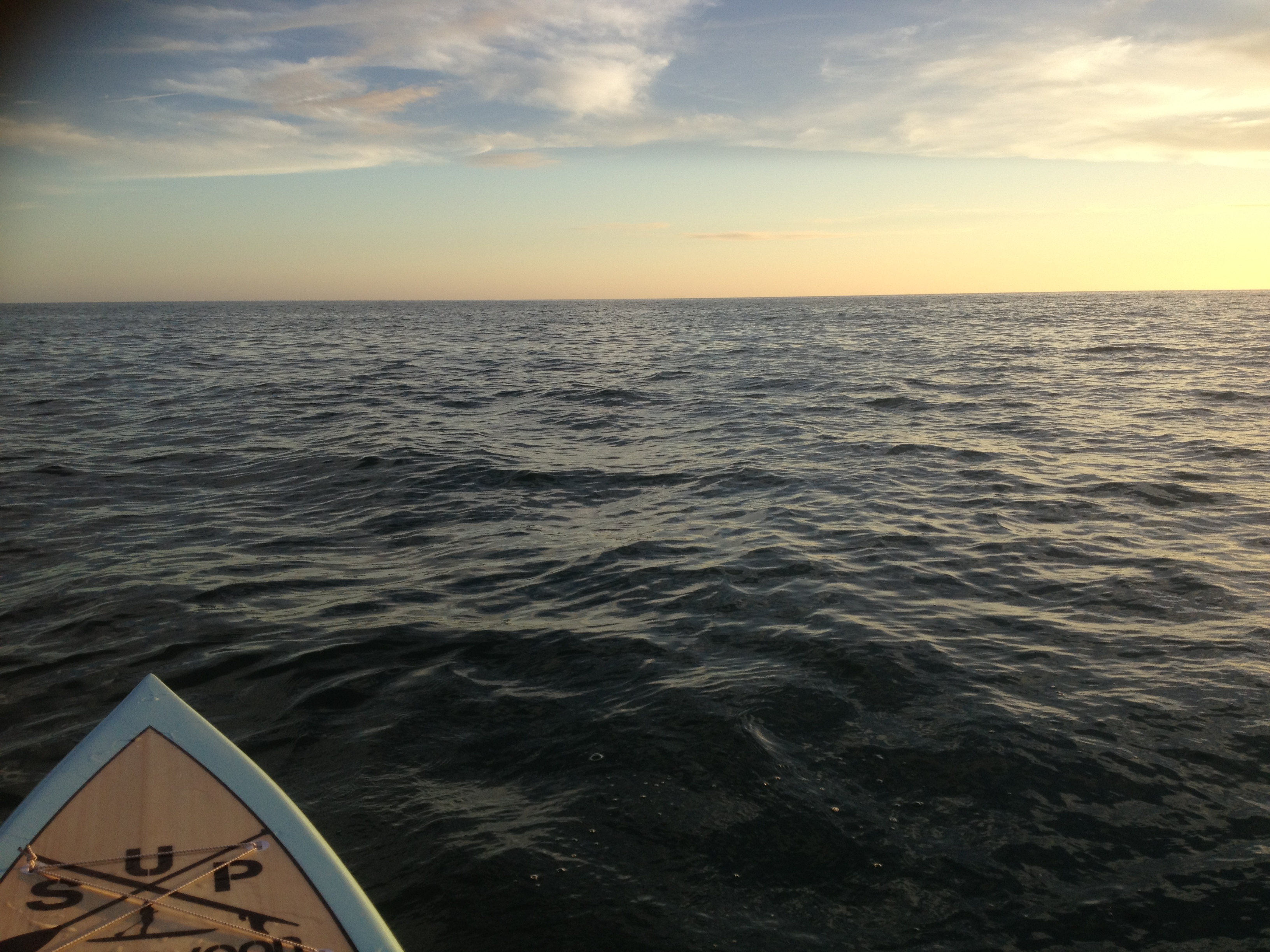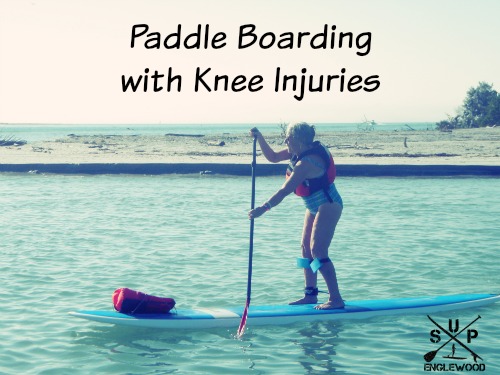
SUP Surf
I usually hear “Is that a surf board?” at least once while walking to the beach with my paddle board. People are typically taken by surprise when they see me paddle boarding on calm days or in flat water. Beach goers often confuse paddleboards for surfboards. Paddle boards come in many styles and some are designed for surf. Southwest Florida may not be an ideal location for surfing but the Gulf of Mexico offers beginners smaller swells.
SUP boards can be used for Flat Water too!
Paddle boarding offers diverse paddling options for various skill levels. Flat water paddling is recommended for beginners in the sport. It is best to learn how to paddle efficiently on calm days. Stand up paddle surfing is recommended for paddlers with intermediate to advanced paddling skills. Once you have the basics down SUP surfing is one way to build intermediate skills on a board.
Newbies to SUP Surfing
Newbies to SUP Surfing should consider taking lessons from a trained instructor. Before attempting surfing on a paddleboard there are few things that you should know. Paddlers should know how to swim, and fall away safely from the board before trying this out. Practicing prone paddling and prone paddle surfing is the safest way to begin learning. Prone paddling means laying on your stomach on the paddleboard and using your arms to propel the board not your paddle. Prone paddling is used to get out past the breaking waves and also to self-rescue.
SUP Surf Boards
Paddle boards are designed in different styles for various waterways. SUP surfboards are smaller in size and matched to the paddlers weight. Most surf style paddle boards have a multi fin design which helps the board lift for turns in swells. Using a staggered stance when standing on the paddle board places the paddler in a better position for catching swells.
Balance Drills Enhance SUP Surf Skills
Practicing balancing techniques is recommended to get used to moving around on the board. Waves generally make beginners feel unstable however a few exercises conducted on flat water will promote stability. For example when standing on the board in flat water, practice walking to the nose/front and tail/back of the board. This simple exercise will help build core strength, coordination and balance on a paddle board.
Safety first
Safety first, there are a few things to keep in mind before heading out. Always check the weather and wind conditions. It is easy to become blown around in winds above 15 mph. It takes some time to learn how to navigate in swells therefore you want to be conscious of the wind speed to ensure an enjoyable surf experience. Straight leashes are recommended for safety as they keep you close to your board. Also, wearing a leash protects the beach patrons from your paddle board. When first starting off it is important to be humble and know your limits about the size swells that are appropriate for you. Don’t bite off more than you can chew!
Connect with a SUP Surf Instructor or School
Water conditions and ideal locations take some time to learn. Rely on the advice of professionals regarding the best surf locations and time to go out. Watch the water for any rip currents and be aware of sandbars in the area that you are paddling. Local knowledge of the paddling area is required to avoid diving off of the paddle board into a sandbar. Scanning the water for other surfers is a good idea as well. If you are new to surf you may not be aware of surf etiquette. Find a spot that is not populated to practice SUP surfing. Surfing on a paddle board takes years to master but anyone can take these tips and have a great time on the water.


